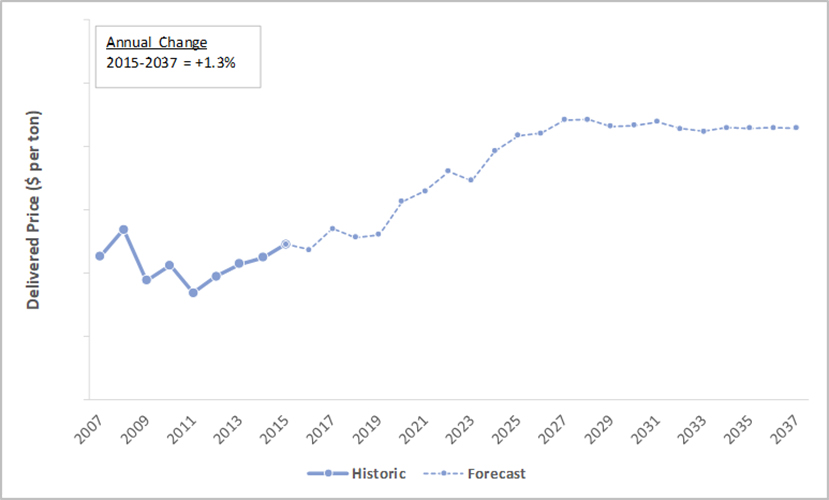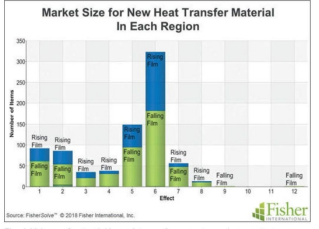Raw material price volatility is perhaps the single biggest enemy of successful budgeting for manufacturers. Continued price instability and market speculation have been defining traits of the global economy over the last 18 months, and these challenges have the potential to undermine resource planning initiatives and erode margins.
In the global forest supply chain, an increasing number of manufacturers are now operating in an environment where price volatility for end products (the result of panic buying) has been high and the cost of capital (and therefore the cost of holding inventory) is low. The run on at-home tissue and finished dimensional lumber drove some incredible price spikes over the last year, and the raw material supply chains for these products have also been volatile.
- Market pulp prices are typically quite volatile and kraft market pulp, in particular, saw some of its lowest prices in the last 10 years in 2020. However, 2021 has brought price increases with skyrocketing spot prices in February and early March. Between December 1, 2020 and late February 2021, bleached softwood kraft futures were up 48% on the Shanghai Futures Exchange (SHFI). New pulp capacity will be coming online; however we expect prices to remain elevated in the near-term.
- Strong demand for primary and secondary chips, as well as pulpwood—a popular raw material input for pulp/paper manufacturers—has driven prices higher in some markets. In other markets, such as the Lake States, prices have trended down.
- The last 12 months have been far from “normal,” but lumber demand has been strong and prices for pine log products (sawtimber and CNS) have surged. Per Forest2Market’s Stumpage 360 database, YTD pine log stumpage prices across the South are up 11% over 2020 prices, and they have now reached a 10-year high.
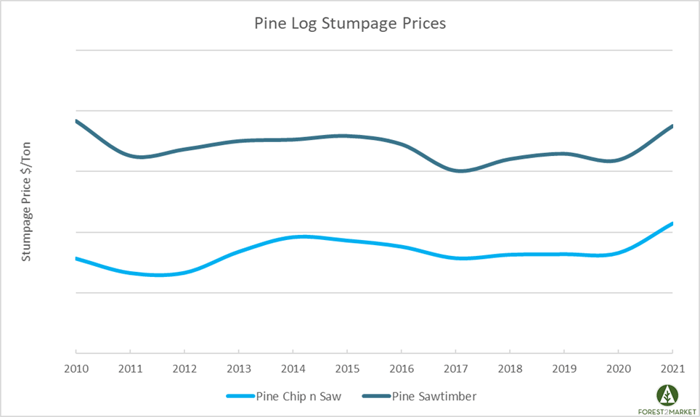
High costs of sea (and land) freight are also impacting this situation. In the first quarter of 2021, the container freight market shocked the global logistics industry with soaring prices that have yet to abate. According to the Freights Baltic Index, the cost to ship one 40-foot container from China to Europe or the US west coast has now reached over $8,000 and $4,000, respectively. However, a year ago, the cost to ship the exact same container to the exact same places was well below $2,000. Similarly, freight rates from China to South America had jumped by a jaw-dropping 443% by early 2021.
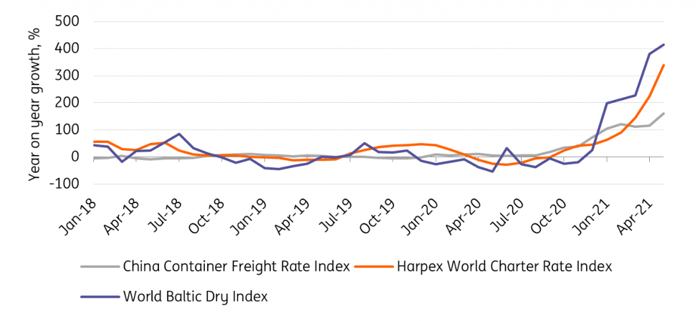
A New Business Environment
Wood products manufacturers seeking a market advantage must be able to increase capacity while controlling input costs, however the conventional wisdom to reduce holding costs by carrying less inventory may no longer apply. Holding an extra day’s inventory could turn out to be far less expensive than the spot purchases required to reinforce the wood yard when supply gets low. For this reason, budgeting wood raw material costs may be more directly tied to inventory management than ever before.
But how do you know exactly how many days of inventory to carry? Two tools can help you make this determination during the budgeting process:
- A benchmark that will allow you to understand your facility's position in comparison to your peer group
- A raw material price forecast
Learn more about our SilvaStat360 and FisherSolve business intelligence platforms.
Knowing where you stand in the market compared to your peer group is essential during times of high raw material price instability. Custom forecasts from Forest2Market and Fisher International provide the most robust and accurate market data available. The following characteristics distinguish our forecasts from all other forecasts available on the market:
- Data Quality and Quantity:
- Forest2Market data is unique within the forest products industry, as it is the only comprehensive set of data that is built on actual wood raw material transactions. This data, representing over 40 million transactions per year, provides a full-spectrum view of market dynamics and includes information supplied by forest products companies, wood dealers, loggers, consultants and landowners.
- Fisher International’s business intelligence system contains highly detailed and complete information on every pulp and paper mill in the world. It describes the assets, production, operations, environmental flows, costs-of-production, long-term viability, carbon footprint and more for all pulp and paper mills producing 50+ TPD.
- Forest2Market data is unique within the forest products industry, as it is the only comprehensive set of data that is built on actual wood raw material transactions. This data, representing over 40 million transactions per year, provides a full-spectrum view of market dynamics and includes information supplied by forest products companies, wood dealers, loggers, consultants and landowners.
- Proprietary Modeling:
- Forest2Market’s proprietary forecast models are built on relationships between macroeconomic indicators that affect demand (GDP, housing starts, etc.), local events that affect supply, and the supply/demand dynamics, including inventory levels, that have been statistically validated with our historical price databases. Large sets of very granular data allow us to find strong correlations, thereby reducing forecast deviation.
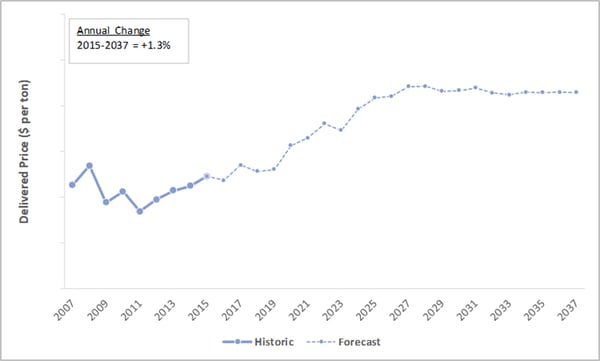
- Fisher forecasts offer exceptional capabilities for predicting market behavior, impact of companies’ actions on their markets, and consequently, the ability to optimize strategy for income. Built in cooperation with professional modeling firm STE Analytics, Fisher-STE Forecasts are made possible by good data, industry understanding, and System Dynamics mathematical models. Unlike traditional forecasting, our models work because they simulate the markets’ key drivers and how they interact: supply, demand, price, inventories, order rates, shipments, imports, exports, market leadership, etc.
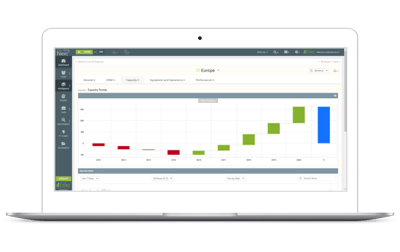
- Three Unique Benefits of Fisher-STE Forecasts
- We predict price turning points - not just price levels - for pulp, paper, and energy markets.
- We perform sensitivity analysis, testing proposed strategic plans against real market dynamics.
- We explain market movements in verifiable, fact-based, common-sense terms that industry professionals find useful.
- Forest2Market’s proprietary forecast models are built on relationships between macroeconomic indicators that affect demand (GDP, housing starts, etc.), local events that affect supply, and the supply/demand dynamics, including inventory levels, that have been statistically validated with our historical price databases. Large sets of very granular data allow us to find strong correlations, thereby reducing forecast deviation.
- Precise Starting Prices:
- For our clients who seek to understand their specific price positions in the wood raw materials supply chain, our forecast starting point is the current, actual weighted average market price of wood raw products—down to the county level—that includes the unique sales attributes and cost components associated with local markets.
Global market uncertainty remains high as economies continue to navigate ongoing global reactions to the pandemic. To alleviate some of the pressures that have impacted your business over the last several months, you need a collection of business tools that enable you to make better decisions with a high degree of confidence. Forest2Market and Fisher forecasting products are designed to be the most relevant, data-intensive tools available to your management teams.







